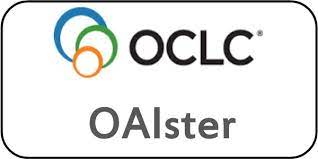Extended Use of Ivabradine in Heart Failure with Preserved Ejection Fraction and Inappropriate Sinus Tachycardia
DOI:
https://doi.org/10.59793/ijcp.v34i9.779Keywords:
Ivabradine, HFpEF, inappropriate sinus tachycardiaAbstract
Ivabradine has been used for over a decade in managing chronic coronary syndromes and heart failure (HF) with reduced
ejection fraction (HFrEF). HF with preserved ejection fraction (HFpEF) accounts for 50% of the total HF cases carrying equal
mortality and morbidity risk as HFrEF. Increased heart rate (HR) in such cases has been shown to be associated with poor
clinical outcomes. Clinical conditions like inappropriate sinus tachycardia (IST) manifest with elevated HR without any
specific triggers. Beta-blockers have been the preferred treatment of choice for both HFpEF and IST but are often ineffective or
present with side effects due to their negative ionotropic effects. Ivabradine, through its inhibitory action on funny current
(Ifc), reduces HR without altering the inotropic mechanism. Few case reports and small case series have documented its
extended use and efficacy in reducing HR in these cardiac conditions. In this article, we present two cases who needed HR
control, one with HFpEF and another case of IST syndrome. Ivabradine was successfully used in both these cases to control
the elevated HR.
Downloads
Published
Issue
Section
License
All open access articles published in IJCP are distributed under the terms of the CC BY-NC 4.0 license (Creative Commons Attribution-Non-Commercial 4.0 International Public License). This license permits unrestricted use, distribution, and reproduction of the articles in any medium for non-commercial purposes, provided that: The original authorship is properly and fully attributed. The IJCP is cited as the original place of publication with correct citation details. If an original work is reproduced or disseminated in part or as a derivative work, this must be clearly indicated. No articles are reproduced for commercial use without prior consent from the IJCP. All licensing requests and permissions for commercial use will be managed by the Publisher.














